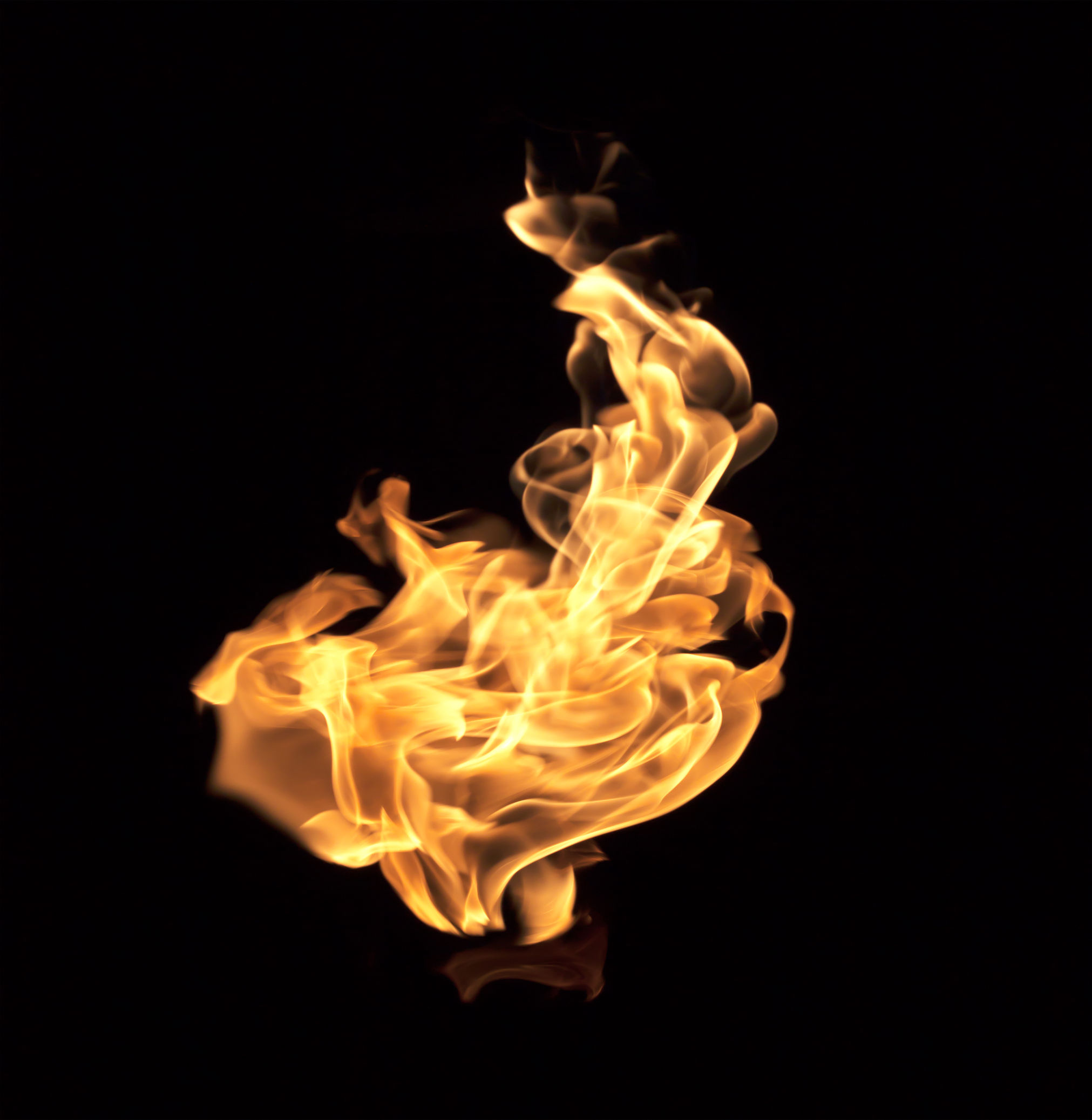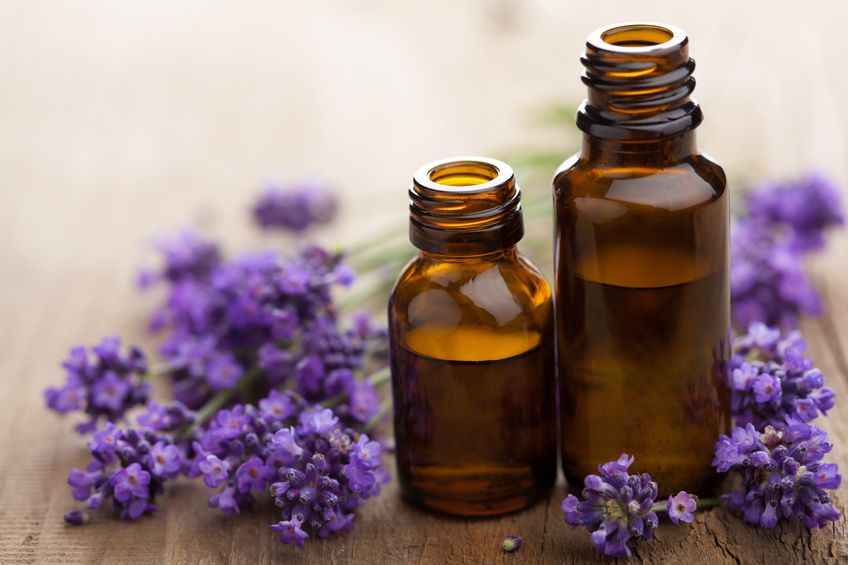Cold water and cold weather have been hallmarks of traditional vitalist practices for hundreds of years
Exposing the body to cold environments actually helps us regulate internal temperature, increase circulation, enhance oxygen utilization, and increase metabolism (which means burning more fat). It’s a process often referred to as “hardening.” How fitting, because after spending 30 seconds in a freezing cold lake, you’ll likely feel like a bad-ass – or rigor mortis is setting in. There’s been a resurgence in the popularity of cold conditioning, with cold water rinses and ice bathing, that have become increasingly common in athletic circles as a means of increasing blood flow to muscles and increasing recovery time.
Athletic training in colder environments (sub-freezing) is also becoming more and more popular
And it makes sense. One, you burn more fat when you exercise in colder temperatures – up to five times more! In fact, just being outside in cold weather does this, as the caloric need of the body increases to keep itself warm – this, in turn, increases the metabolic rate. The more time spent in colder temperatures, the higher metabolic set point you’re likely to develop.
Exercising outdoors in colder weather can also increase endurance
We actually can regulate our temperature better in cold conditions, so when exercising in the cold many people find that they perform better, and last longer – for instance, marathon runners typically run faster in the winter months than the summer months. But you don’t have to move to Siberia to and train like Sylvester Stallone in Rocky IV to get the benefits of cold conditioning.
Simply rinsing in cold water before getting out of the shower can begin to train your body to raise its internal temperature and metabolism
It doesn’t have to be the coldest water your faucet will give you either. Use your own comfort level as a gauge, the idea is to push yourself a little bit outside that comfort zone, until your body is used to engaging with the cold water. Ideally, you’ll do this either before a meal, or 2-3 hours after, because you don’t want to be compete with your digestive system for the blood, which will be pulled to the surface of your skin, to help warm you after you get out of the shower – this may cause some slight discomfort.
Let Your Body Lead You
Like any new practice, cold water/weather conditioning is something to explore with your body. Allow yourself to enjoy the sensations and changes which occur, and regulate the temperature of the cold water based on what your body is able to do. You may experience minor discomfort at first, but it shouldn’t be so bad that you never want to do it again.
 Node Smith, associate editor for NDNR, is a fifth year naturopathic medical student at NUNM, where he has been instrumental in maintaining a firm connection to the philosophy and heritage of naturopathic medicine amongst the next generation of docs. He helped found the first multi-generational experiential retreat, which brings elders, alumni, and students together for a weekend campout where naturopathic medicine and medical philosophy are experienced in nature. Three years ago he helped found the non-profit, Association for Naturopathic ReVitalization (ANR), for which he serves as the board chairman. ANR has a mission to inspire health practitioners to embody the naturopathic principles through experiential education. Node also has a firm belief that the next era of naturopathic medicine will see a resurgence of in-patient facilities which use fasting, earthing, hydrotherapy and homeopathy to bring people back from chronic diseases of modern living; he is involved in numerous conversations and projects to bring about this vision.
Node Smith, associate editor for NDNR, is a fifth year naturopathic medical student at NUNM, where he has been instrumental in maintaining a firm connection to the philosophy and heritage of naturopathic medicine amongst the next generation of docs. He helped found the first multi-generational experiential retreat, which brings elders, alumni, and students together for a weekend campout where naturopathic medicine and medical philosophy are experienced in nature. Three years ago he helped found the non-profit, Association for Naturopathic ReVitalization (ANR), for which he serves as the board chairman. ANR has a mission to inspire health practitioners to embody the naturopathic principles through experiential education. Node also has a firm belief that the next era of naturopathic medicine will see a resurgence of in-patient facilities which use fasting, earthing, hydrotherapy and homeopathy to bring people back from chronic diseases of modern living; he is involved in numerous conversations and projects to bring about this vision.




